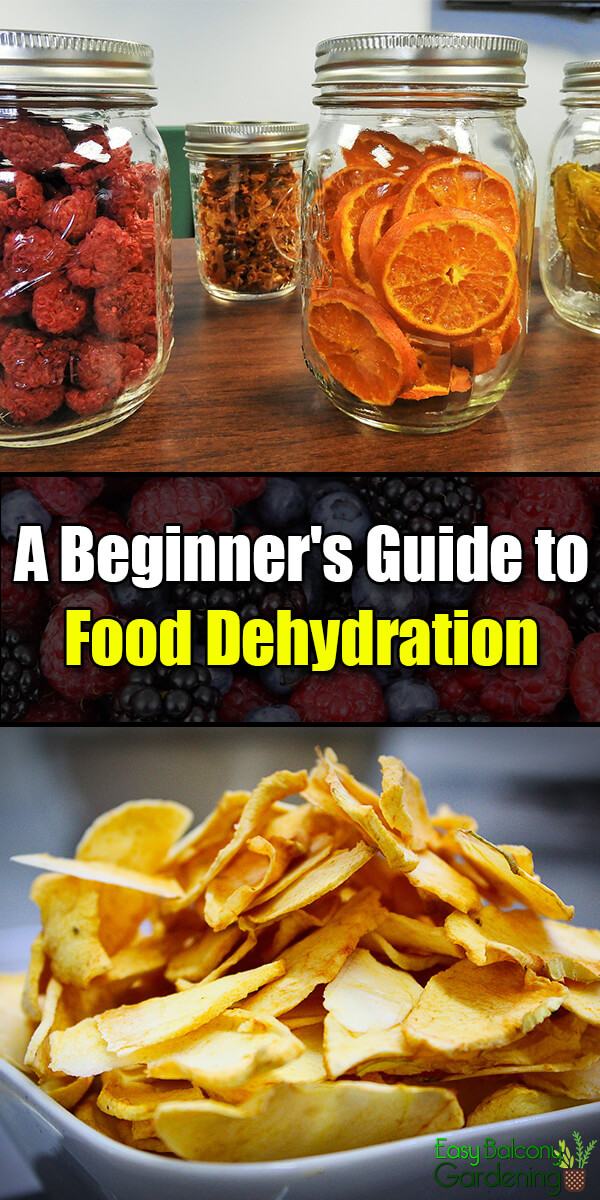Food dehydration is a process that allows for the diminution of the moisture level in a food product, halting the microbial growth that causes spoilage. If properly done, food dehydration makes for a long shelf life of the finished product, even after the sealed package has been opened.
Food Dehydration and Sun Drying
- Conventional sun drying is the oldest method of food dehydration. Although it can do the job, sun drying does not protect your food products from disease-causing bacteria brought on by dirt, wind, or rain, not to mention bugs and animals.
- Cheesecloth may give you some protection when sun drying. If you are using a metal screen, it should not touch the food. You should also avoid screens with zinc or cadmium, or those made of copper and aluminum due to harmful residues that can come in contact with the food.
- Sun drying is not an efficient food dehydration system when the humidity is more than 60%.
Food Dehydration and Solar Drying
- The solar drying system of food dehydration is open-air sun drying that offers protection for your food products.
- You may want to try your ingenuity at making your own solar dryer, if you do not want to purchase one. You will need a drying box, a clear window glass to collect the sun rays, a sun collector box painted black (sun dry it for at least two days prior to usage), at least two food racks, enough styrofoam padding to insulate the sides and bottom of the boxes, and sufficient tapes to secure your solar dryer.
- The length of drying time would depend on the type of food being dehydrated, the sun, air circulation, and the humidity. Expect somewhere between one to three days to complete solar food dehydration.
- For uniform drying, you should half way turn the dryer every day, placing the drier food on the bottom rack.
- Areas on the western side of the United States such as Arizona, Nevada, California, New Mexico, and Utah are the most ideal locations to do solar food dehydration.
Food Dehydration and Freeze-Drying
- The food dehydration method known as freeze-drying is the removal of moisture from frozen products, requiring a freezer dryer and a vacuum pump
- The system seals the taste, aroma, and nutrients of fresh frozen food, as well as provides the shelf life of canned or dehydrated foods
- MREs (meals ready to eat) excluded, freeze-dried food products are the easiest to use in an emergency. They do not need cooking. You add the water, wait ten minutes, and you have either a hot or a cold meal.
Dehydrating Indoors
- Food dehydration can be done in an oven or a commercial dehydrator. You can also use your microwave. Ovens cannot dry foods as fast as commercial food dehydrators can. They likewise require more energy and are thus more expensive to operate than a commercial dehydrator.
- When using an oven, make sure that the door is ajar but no more than three inches. A hot pad is quite usable for this purpose. You will need a fan in front of the oven for air circulation. The prices of commercial dehydrators vary, depending on what you want.
- You may also need to buy accessories such as parchment or silicone sheets to keep your produce from sticking.
- Microwaves are a different matter. Due to lack of airflow, only herbs can be safely dehydrated in a microwave. You will need to check the herbs very often, about every 30 seconds, to prevent the herbs from becoming too dry. It may take about two minutes for the whole drying time.
Food dehydration, when done correctly, will give your food a long shelf life!








